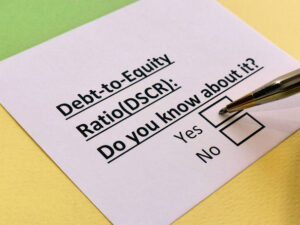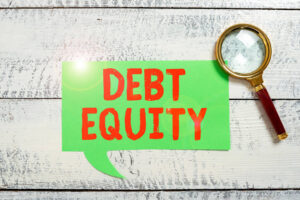Are you an aspiring real estate investor looking for a strategic approach to maximize your returns? If so, the BRRRR method might be the key to your success.

In this article, we’ll dive into the BRRRR method, explore an example of how it works, and shed light on its potential disadvantages.
What is the BRRRR Method?
The BRRRR method, which stands for Buy, Rehab, Rent, Refinance, Repeat, is a real estate investment strategy designed to help investors build wealth systematically. This method allows investors to recycle their capital and amplify their returns by acquiring properties, adding value through renovations, renting them out, refinancing to pull out invested capital, and then repeating the process with the newly acquired funds.
Example of the BRRRR Method:
Let’s walk through a simplified example of how the BRRRR method works:
Buy: You purchase a distressed property for $80,000.
Rehab: You invest $20,000 in renovations to increase the property’s value.
Rent: After the renovations, you rent the property for $1,200 monthly.
Refinance: The property’s value has increased to $130,000 due to the renovations and rental income. You refinance the property and pull out 75% of its value, which is $97,500.
Repeat: With the refinanced amount, you can use it as a down payment to acquire another property, and the cycle continues.
This process allows you to generate rental income, create equity through appreciation, and build a portfolio of income-producing properties over time.
Disadvantages of the BRRRR Method:
While the BRRRR method offers compelling benefits, it’s essential to be aware of its potential disadvantages:
Capital Requirement: The initial investment for buying, rehabbing, and renting a property can be significant. This could limit accessibility to the strategy for investors with limited funds.
Market Volatility: Real estate markets can experience property values and rental demand fluctuations. Economic downturns can affect rental income and property valuations, impacting your expected returns.
Time and Effort: The BRRRR method requires active involvement in property selection, renovations, tenant management, and refinancing. It can be time-consuming and demands a hands-on approach.
Financing Challenges: Finding suitable lenders for refinancing can be challenging, especially if the property needs substantial rehabilitation work or if you’re acquiring multiple properties simultaneously.
Property Selection: Choosing the right property at the right location is crucial for the success of the BRRRR method. A poor property choice could lead to lower rental income and difficulty in refinancing.

In conclusion, the BRRRR method is a powerful strategy for real estate investors aiming to build wealth through a systematic approach. By understanding its steps, benefits, and potential drawbacks, you can make informed decisions and tailor the method to your investment goals and risk tolerance. As with any investment strategy, thorough research, due diligence, and a clear understanding of your financial capabilities are essential for success.
Learn more at Wiki as well.


















